How to Optimize Your Bag Packaging Process for Maximum Efficiency
In an increasingly competitive market, optimizing the bag packaging process is crucial for businesses aiming to enhance efficiency and reduce operational costs. According to a recent report by Smithers Pira, the global flexible packaging market is projected to reach $300 billion by 2024, highlighting the growing importance of innovative packaging solutions. With bag packaging accounting for a significant portion of this market, companies must adopt efficient practices to address the rising demand for both sustainability and speed.
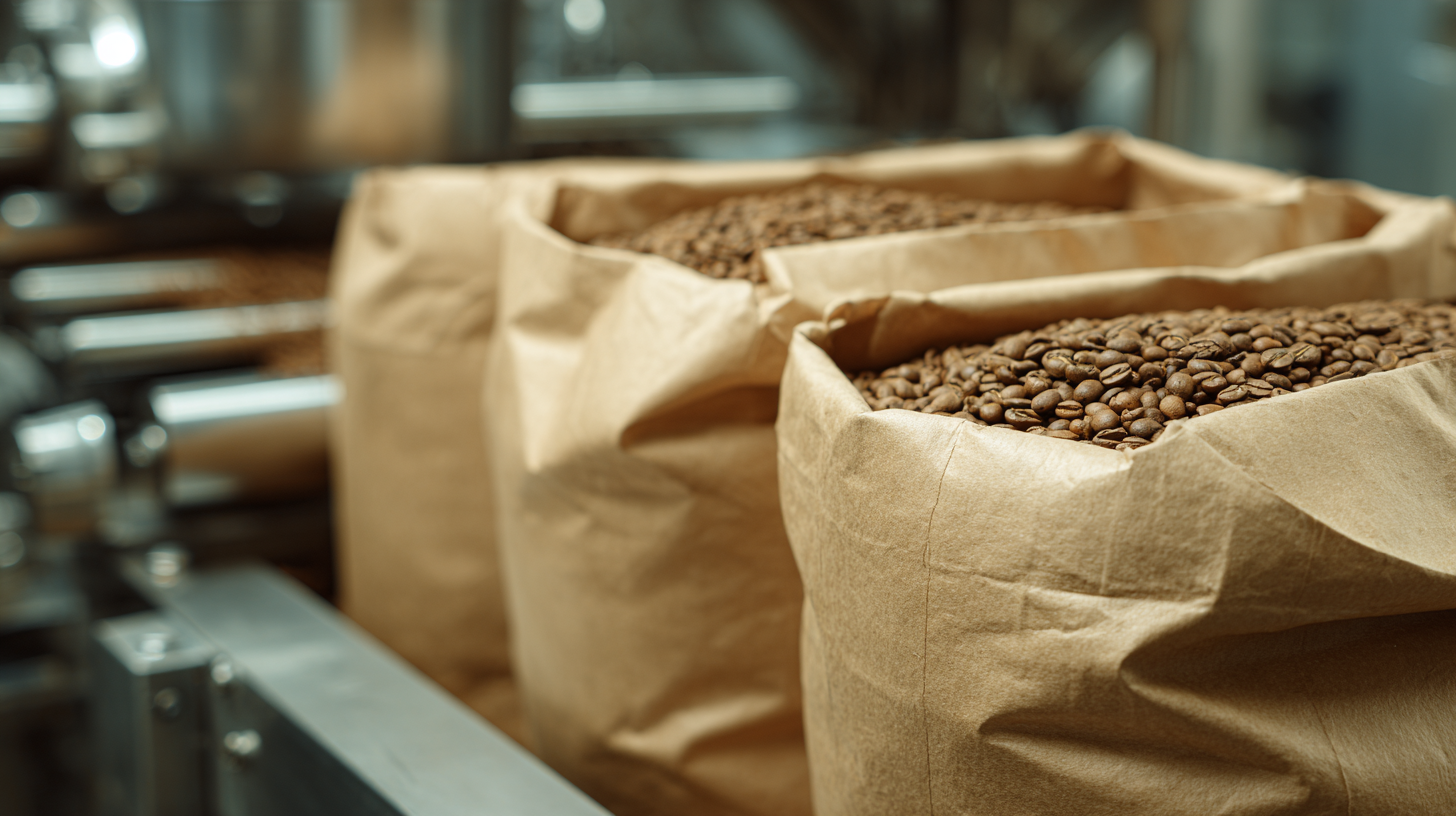
Streamlining the bag packaging process not only minimizes waste and enhances productivity but also improves overall customer satisfaction. To remain competitive, organizations need to harness the latest technologies and methodologies that can elevate their packaging systems, ultimately ensuring a sustainable and profitable future in the dynamic landscape of product distribution.
Strategies for Analyzing Current Bag Packaging Workflow to Identify Inefficiencies
Analyzing your current bag packaging workflow is crucial for pinpointing inefficiencies that may be hampering productivity. Start by mapping out each step of the process, from the initial material handling to the final sealing and labeling. Pay close attention to the time taken for each stage, as well as the personnel involved. By documenting these elements, you can identify bottlenecks where delays frequently occur or tasks that take longer than expected, such as slow sealing times or excessive manual handling.
Once you have a clear overview of the existing workflow, gather feedback from your packaging team. They are often the best source of information regarding the practical challenges faced during the process. Engaging them in discussions can uncover issues like inadequate training, outdated equipment, or poor layout design that may not be evident in a standard analysis. After collecting this data, it’s essential to prioritize the identified inefficiencies based on their impact on overall productivity. This targeted approach will allow you to implement specific changes that can streamline the workflow, such as upgrading equipment, reorganizing workstations, or revising training programs, all aimed at maximizing efficiency in your bag packaging process.
Leveraging Automation Technologies to Reduce Manual Labor in Bag Packaging
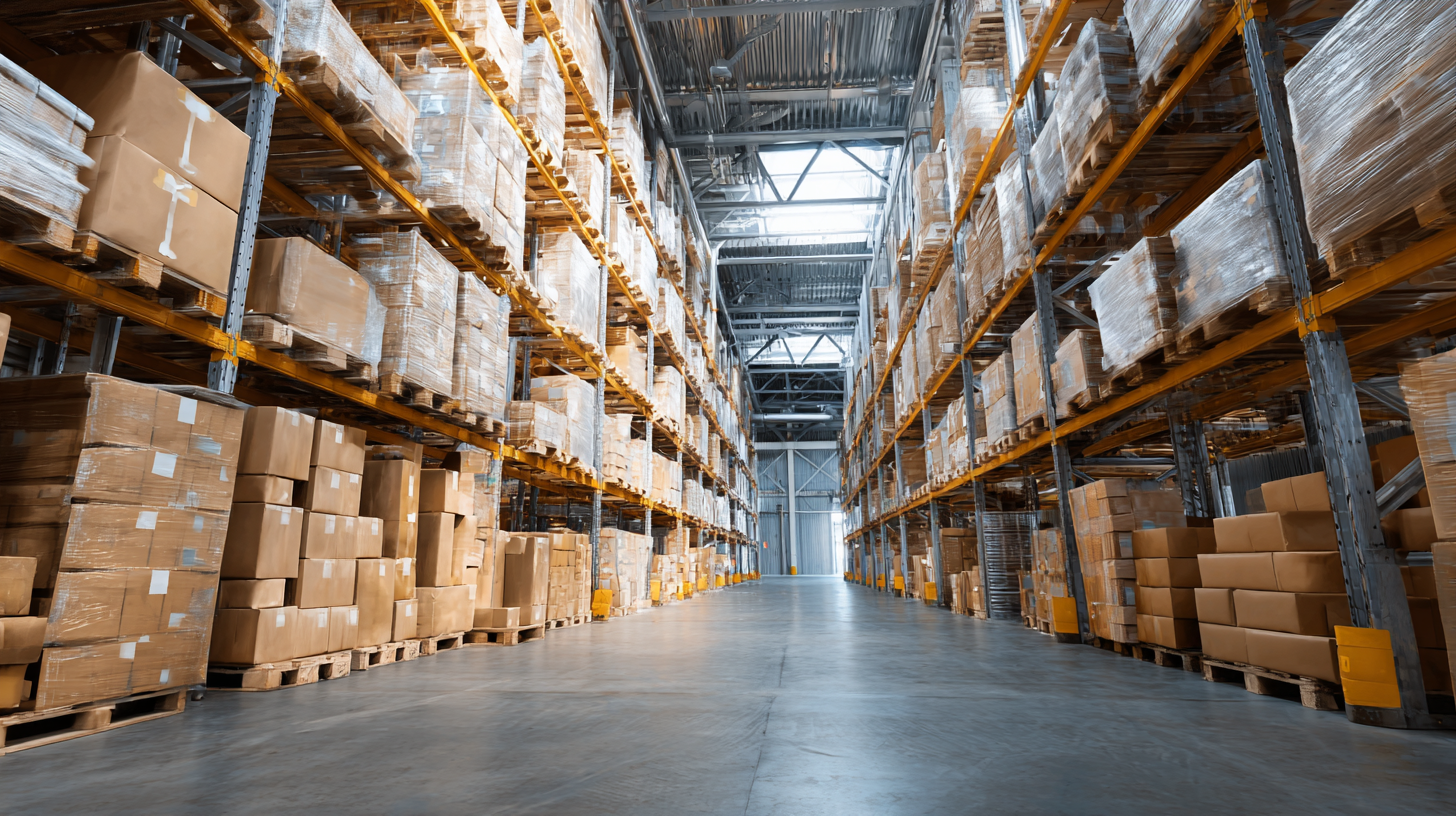 In the modern manufacturing landscape, optimizing bag packaging processes through automation is not just an option; it's a necessity. According to a report by the International Society of Automation, companies that incorporate automation technologies into their packaging lines can experience efficiency gains of up to 30%. These technologies not only reduce the reliance on manual labor but also minimize human error, resulting in higher quality assurance across the production line.
In the modern manufacturing landscape, optimizing bag packaging processes through automation is not just an option; it's a necessity. According to a report by the International Society of Automation, companies that incorporate automation technologies into their packaging lines can experience efficiency gains of up to 30%. These technologies not only reduce the reliance on manual labor but also minimize human error, resulting in higher quality assurance across the production line.
Leveraging automation tools like robotic arms and automated conveyor systems can drastically reduce the time spent on repetitive tasks. A study by the Packaging Machinery Manufacturers Institute found that automated bagging systems can operate at speeds that are 20% faster than traditional methods. This increase in speed allows companies to meet demand fluctuations more effectively, ultimately leading to improved customer satisfaction. Furthermore, automation can streamline inventory management, ensuring that materials are utilized efficiently and waste is minimized.
By investing in automation, businesses can also redirect their workforce toward more value-added activities, fostering a more innovative workplace. In an age where operational efficiency is paramount, embracing these technologies not only enhances productivity but also positions companies for long-term success in an increasingly competitive market.
Best Practices for Selecting Sustainable Materials to Enhance Packaging Efficiency
When selecting sustainable materials for your bag packaging process, it's essential to prioritize not only eco-friendliness but also efficiency. Sustainable materials, such as biodegradable plastics or recycled paper, can significantly reduce environmental impact while maintaining the integrity of your packaging. By choosing lightweight yet strong materials, you can minimize shipping costs and reduce waste, enhancing your overall packaging efficiency.
Tips for selecting sustainable materials include evaluating certifications, such as FSC or biodegradable labels, to ensure their legitimacy and effectiveness. Additionally, consider sourcing materials locally to minimize transportation emissions and support community economies. Another effective approach is to explore innovative alternatives like plant-based plastics, which provide the necessary durability while being part of a circular economy.
Another key factor in optimizing your packaging process is the design. Streamlined designs can help reduce material usage without compromising on quality. Evaluate your current packaging strategies and test prototypes to find the balance between protection and sustainability. By adopting these best practices, your bag packaging process will not only become more efficient but also contribute positively to environmental sustainability.
How to Optimize Your Bag Packaging Process for Maximum Efficiency
| Material Type | Sustainability Rating (1-5) | Cost per Unit ($) | Efficiency Score (1-100) | Recyclability (%) |
|---|---|---|---|---|
| Kraft Paper | 5 | 0.10 | 85 | 100 |
| Biodegradable Plastic | 4 | 0.25 | 75 | 60 |
| Recycled Plastic | 3 | 0.15 | 70 | 75 |
| Cotton | 5 | 0.50 | 90 | 100 |
| Jute | 5 | 0.40 | 80 | 100 |
Implementing Real-Time Monitoring Systems to Track Performance Metrics in Bag Packaging
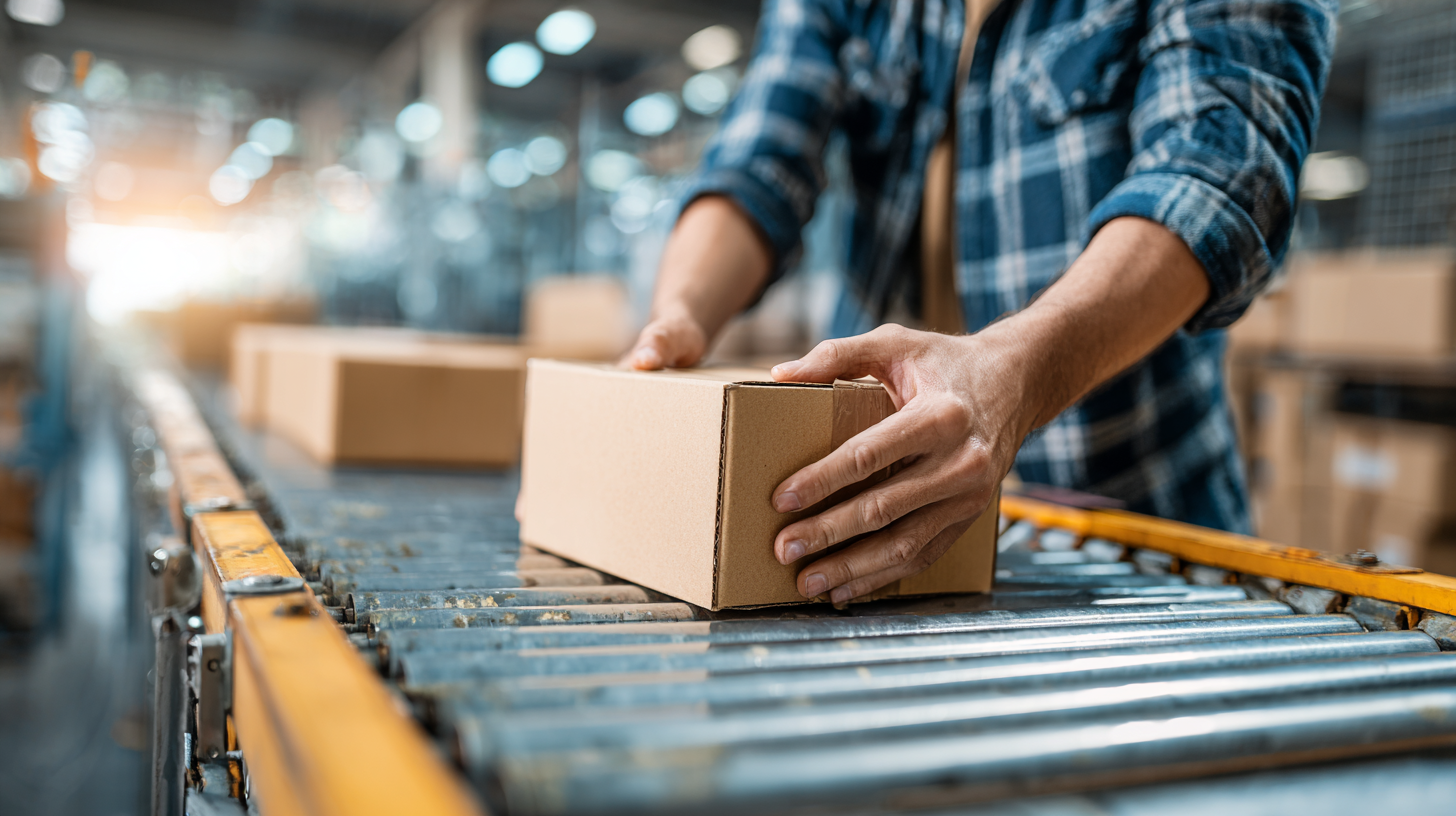 Implementing real-time monitoring systems is crucial for enhancing the bag packaging process. These systems allow manufacturers to track performance metrics such as production speed, machine downtime, and error rates instantaneously. By utilizing sensors and IoT technology, data can be collected continuously, providing operators with insight into the efficiency of each packaging line. This immediate feedback loop not only helps in identifying bottlenecks but also facilitates quick adjustments that can lead to increased throughput.
Implementing real-time monitoring systems is crucial for enhancing the bag packaging process. These systems allow manufacturers to track performance metrics such as production speed, machine downtime, and error rates instantaneously. By utilizing sensors and IoT technology, data can be collected continuously, providing operators with insight into the efficiency of each packaging line. This immediate feedback loop not only helps in identifying bottlenecks but also facilitates quick adjustments that can lead to increased throughput.
Furthermore, real-time monitoring empowers teams to make informed decisions based on accurate, up-to-date information. For instance, if a packaging machine shows a decline in performance, operators can intervene promptly, preventing larger disruptions down the line. Additionally, data analytics can reveal trends over time, allowing companies to forecast maintenance needs and optimize workforce planning. By integrating these systems into the bag packaging process, businesses can not only enhance operational efficiency but also improve overall product quality, ultimately leading to better customer satisfaction.
Training Staff on Efficient Techniques to Improve Overall Bag Packaging Productivity
Training staff on efficient techniques is essential to maximize bag packaging productivity. Firstly, a structured training program should be developed, focusing on the specific skills required for the packaging process. This can include hands-on demonstrations, video tutorials, and interactive workshops that emphasize best practices in handling materials, operating machinery, and performing quality checks. By providing employees with a comprehensive understanding of efficient techniques, they are more likely to apply these methods consistently.
Secondly, ongoing training sessions and refresher courses can further reinforce these skills and keep staff updated on any new technologies or protocols introduced in the packaging process. Encouraging a culture of continuous improvement allows employees to share tips and techniques among themselves, fostering teamwork and enhancing overall productivity. Additionally, using performance metrics to track progress can motivate staff to strive for better efficiency, as they clearly see the impact of their training on the overall packaging output. Engaging employees in this way not only boosts their confidence but also directly contributes to optimizing the bag packaging process.
Bag Packaging Process Efficiency Metrics
Related Posts
-
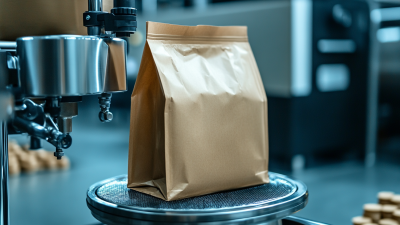
Choosing the Right Manufacturer for Premium Best Bag Packaging Solutions
-

Personalized Packaging Bags Shine at the 137th Canton Fair with Record International Buyers
-
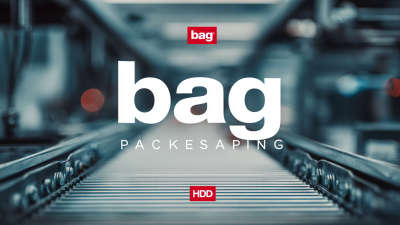
Understanding Global Manufacturing Standards for Best Bag Packaging Solutions
-
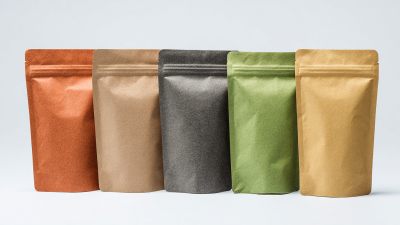
Understanding the Challenges of Selecting the Best Sachet Packaging Solutions
-
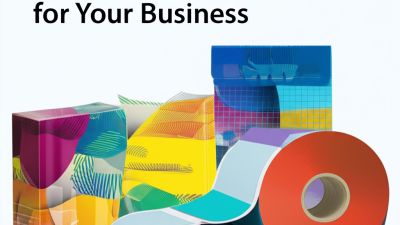
Advantages of Choosing the Best Package Printing for Your Business
-

Innovative Alternatives to Printed Packaging Bags for Sustainable Solutions
